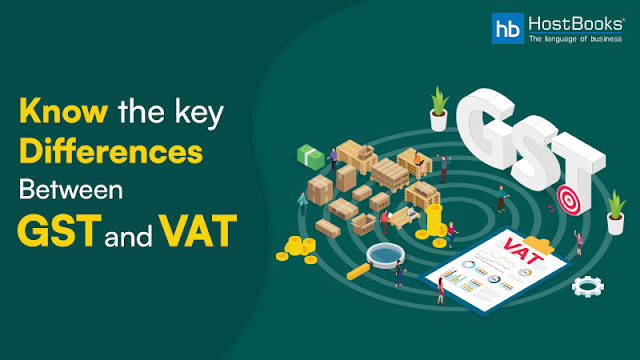Know the key differences between GST and VAT
The introduction of GST (Goods and Services Tax) has overshadowed the indirect taxation system in India, such as VAT (value-added tax), excise duty, and service tax. The primary reason for this is the elimination of the cascading effect of taxes on the economy. VAT is a state-level tax charged on the sale of goods immediately upon preparation of the Sale Invoice or when the goods are moved for sale.
Value Added Tax or VAT: Fundamentals
The Value Added Tax (VAT) was, in fact, introduced in 2005 as a replacement for the earlier Sales Tax. The goal of VAT was to create a unified tax rate for products and services across India. However, the VAT regime did have a few drawbacks. The key reasons for the implementation of Goods and Services Tax (GST) as a replacement for VAT included:
- Being a state subject, the applicable rate of VAT for the same product/service tends to vary from state to state.
- Differences in VAT rules and regulations from one state to another increased the compliance burden for businesses.
- GST replaces all indirect taxes levied on goods and services by the central and state governments. This will eliminate the "cascading" or "tax on tax" effect of transactions under the current system.
- Businesses that paid customs duty on their raw materials/inputs did not have the option of offsetting such costs through an Input Tax Credit (ITC) or a similar mechanism.
Goods and Service Tax or GST: Fundamentals
This tax was designed to eliminate the key issues that had been identified after the implementation of the VAT regime. In that respect, some key features of GST are:
- Introduction of a single tax rate for a specific good/service across India
- Reducing compliance burden through the introduction of a single unified set of GST rules
- Eliminating the cascading effect of taxation such that GST is applicable only once on a product/service
Who should file a GST return?
- The pre-GST laws must be followed by individuals and enterprises that were previously registered.
- Businesses that have a yearly revenue of more than Rs. 40 lakhs are eligible for GST registration online.
- Any person who sells things online using a marketplace aggregation
- E-commerce aggregators are also required to pay GST.
- New GST registration is also applicable to people who pay taxes through a reverse charge system. In such situations, the receiver is responsible for paying taxes rather than the provider of the goods and services



Comments